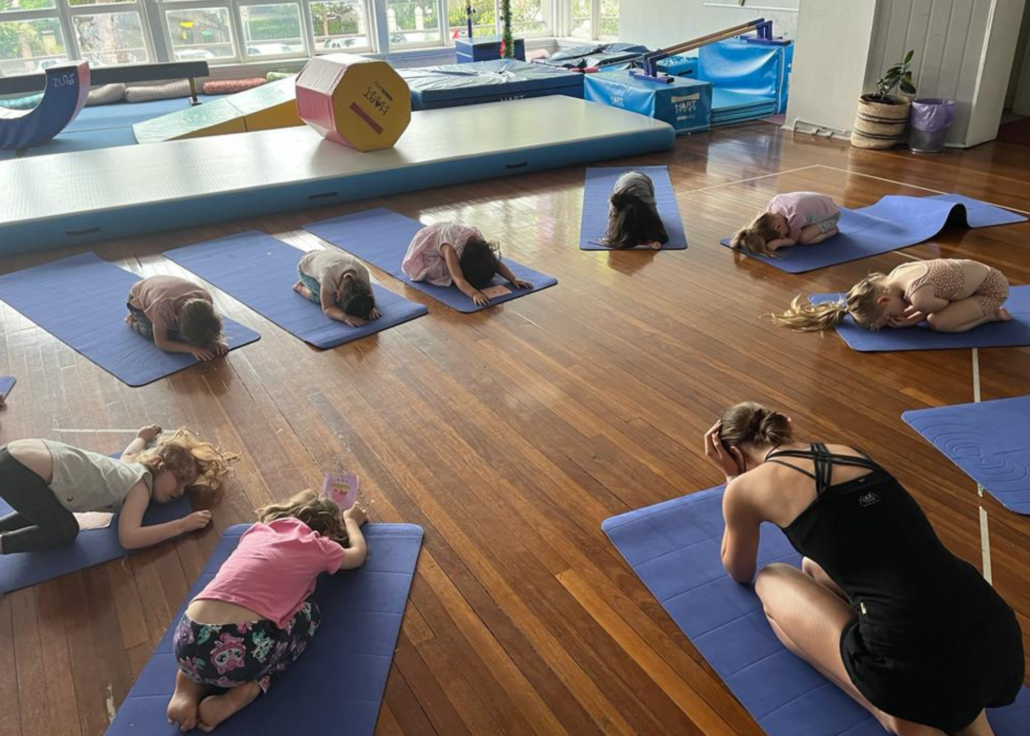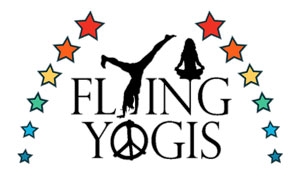8 Meditations for Children

Term 2 this year is all about adding Mindfulness activities and exercises to our practice. We thought we should create a blog post about our tried and tested meditations for children. You can practice them with your children (or even on your own) at home.
Meditation for kids, often referred to as “Calm Kids” or “Mindfulness for Kids,” is gaining traction for its ability to promote emotional intelligence and resilience. By practicing simple meditation techniques tailored to their age group, children can learn valuable skills for managing anxiety and navigating their emotions effectively. Through guided meditations for children, they can develop a deeper understanding of their feelings and learn how to respond to them in a healthy manner.
Moreover, meditation fosters a sense of inner peace and tranquility, allowing children to navigate life’s challenges with grace and confidence. By incorporating short meditation sessions into their daily routine, parents and educators can empower children to cultivate mindfulness and self-awareness, ultimately enhancing their overall well-being. Whether it’s through breathing exercises or visualization techniques, meditation provides children with a toolkit for managing stress and promoting a positive mindset.
The aim of our mindfulness activities in each class is to get the children to slow their thoughts and reactions down. We will plant seeds to enable them to develop sound reasoning skills so they can manage anxiety and emotions with more awareness.
So here is our collection of Meditations for Kids. You can try different ones each day or each week, but you might find your child has a favourite. Stick with it… they often prefer regularity and “what they know” to complete variety.
Children’s Meditation 1: Breathing in a Square
This basic 4 part breathing exercise is ideal for children aged 4 all the way up to stressed out teens.
Imagine you are creating a square with your breath. As you inhale for 5 counts, draw the line up. As you hold for 5 breaths, draw the horizontal top line. As you exhale, draw the line down. As you hold the breath on the exhale draw the lower horizontal line of the box. And repeat.
When 5 counts becomes comfortable, increase to 6, 7 then more
If your mind wanders, just go back to visualising the box.
CHILDREN’S MEDITATION 2 – CANDLE GAZING (A VERSION OF TRATAKA)
Trataka is a form of visualisation meditation. The Yogis suggest you find a spiritual item to fix your gaze upon (a mandala; sanskrit symbol; crystal etc) and gaze for about 1-2 minutes before closing your eyes and visualising the object with your inner eye.
Whilst meditations involving flames carries certain dangers when with children, candle gazing is a wonderfully calming meditation practice for children over 7 or 8 yrs old. They should be watched over by a teacher or mentor for safety. The flame is attractive to meditate upon, and they Yogis say it cleans the “third eye”.
Children’s Meditation 3: Magic Power Bubble
Children are so visual. This visual journey in their magic bubble will leave them feeling calm, confident and secure . Press play on the Youtube video below. Lie down, and enjoy the ride.
Children’s Meditation 4: Body Scan for children (Kids Nidra)
If you’ve done a Yoga Nidra, or Body Scan before, you’ll know the profound benefits for your mental and emotional body. As well as one of the most relaxing experiences you will ever have, you can gain great insight and inspiration. Some even say they have solved life problems and mysteries in this state.
As mentioned before, children are very visual. Have them lie down, squeeze every muscle in their body, then focus on their breath. Then switch this video on and observe them instantly relax.
Children’s Meditation 5: The Swim!
This is a very different type of meditation. It is not relaxing at all! It’s physically and mentally challenging. I did “The Swim” in a kundalini Yoga class for 10 minutes. It was torture. For younger children, either do it for “their age’ (ie- 5yr olds do it for 5 minutes etc); and for teens close to 7-8 minutes. Explain to them that this meditation challenge enables them to cope with any challenge life can throw at them!!
Children’s Meditation 6: Be your bully for a moment!
This one is suitable for tweens and teens. It’s a great meditation for children, or even adults really, who feel they are being bullied or put down by others. This meditation has been given by the Dalai Lama. It invites you to pretend you are the person causing you angst and grief due to their unpleasant manner with you. They may be cruel, harmful, bullying, unkind… but the moment you put yourself in their boots, you can instantly recognise they aren’t happy. Press play on the video below, either sit in a comfortable place or lie down and relax. This meditation can sometimes bring up strong emotions.
Meditation for Children 7: Chocolate Meditation.
This Mindfulness meditation is obviously a favourite for children. They each get a small square of chocolate, but need to take 5 full minutes to savour and enjoy it. Depending on their age, or preference, they may like to: nibble slowly; pop in mouth and let it slowly melt; do it seated; do it lieing down. Whatever works.
So grab a square of chocolate (or a grape if you don’t like chocolate for some reason) and meditate with us:
Meditation 8: The feelings Chart
We do this with our tweens and teens most terms, however, it can also be suitable for 8yrs up… and if you are to do it with younger children, they can draw the feelings, instead of writing them down.
As we all learned in that wonderful move, Inside Out, there are 6 basic emotions: Happy; Sad; Envy; Anger; Fear; Disgust. But each of the emotions have a “spectrum”. There are different forms of happiness, say- bliss; joy; ecstasy. If children learn to word their emotions precisely, they can then develop the tools to manage them.

In conclusion, meditation offers a multitude of benefits for children, from promoting emotional regulation to fostering a sense of inner peace. By incorporating meditations for kids into their daily routine, parents and educators can empower children to navigate life’s ups and downs with resilience and confidence. Let’s embrace the power of meditation and nurture the next generation of calm and centered individuals.
